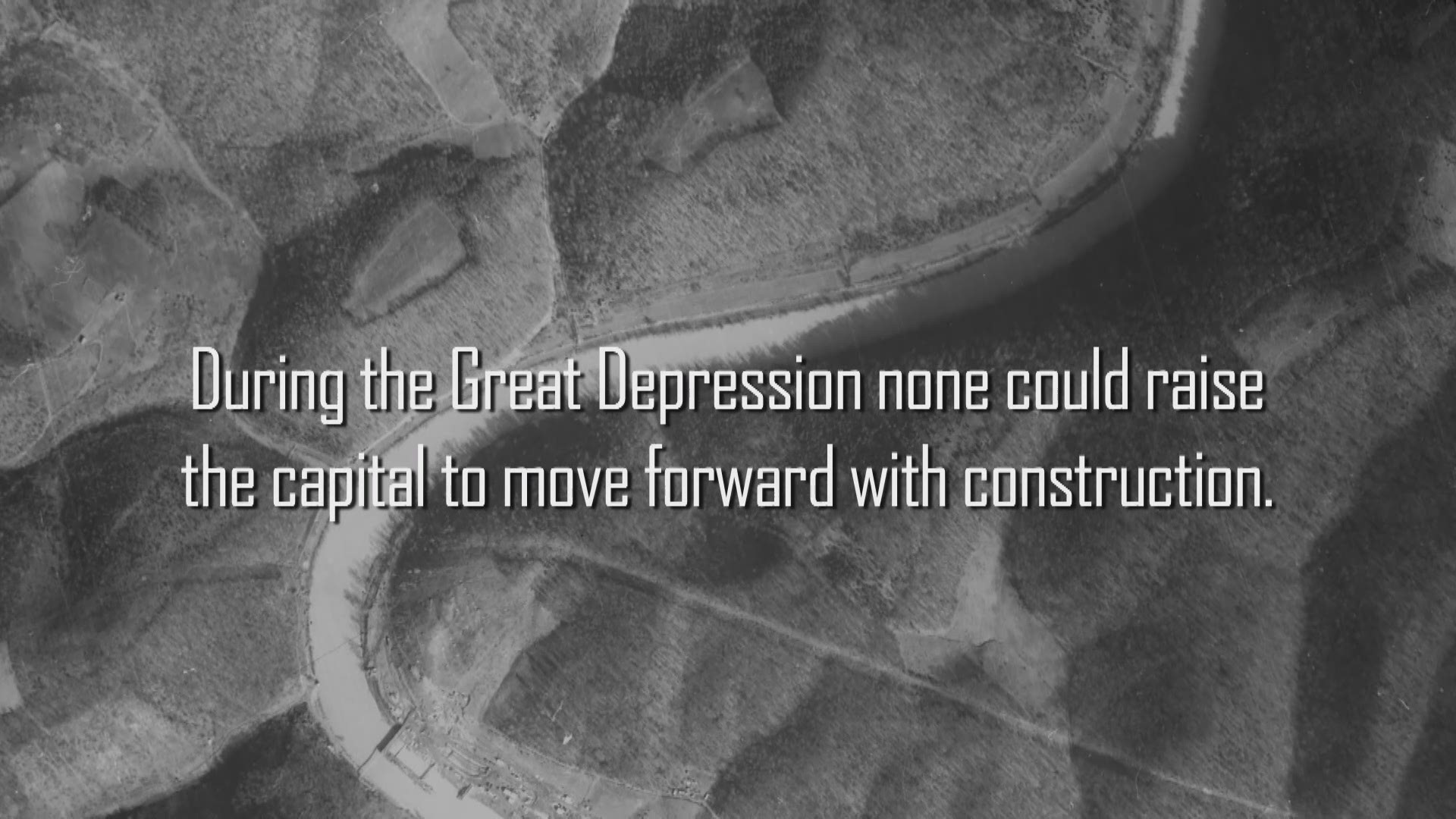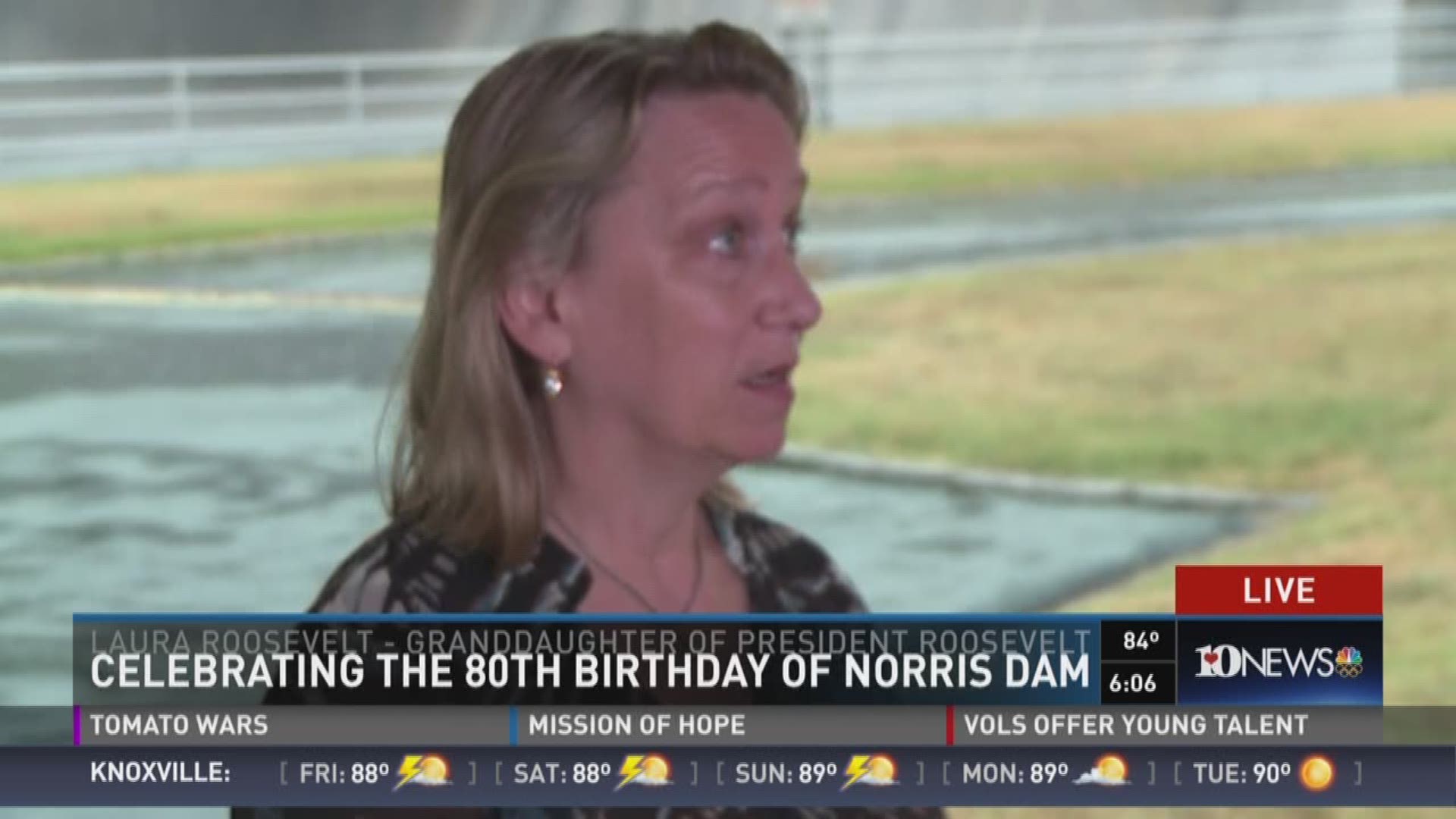WBIR's documentary "For the Greater Good" examines the incredible transformation and historical significance of Norris Dam, which began operations 80 years ago. The construction project and social experiment brought hardships for more than 14,000 people displaced by the impending lake. The dam also created hope by generating jobs, utopian communities, and the promise of inexpensive electric power.
Before the dam was proposed, people farmed the same land their families had inhabited for generations. They owned the land, but it was a hard life and the dirt was poor. Erosion ravaged the landscape, washing away tons of fertile soil. Floods were also a perpetual threat. Only two percent of rural residents had electricity.
“We were poor, but we didn’t know it,” Walter Wallace said. “Everybody else was, too.”
President Franklin Roosevelt created the Tennessee Valley Authority in 1933. It was to be an independent corporation “clothed with the power of government but possessed of the flexibility and initiative of a private enterprise.”
Their goal was to make life better for the people of the Tennessee Valley. Norris Dam was their flagship project – the first in a series of dams that would harness the wild rivers, controlling floods and providing cheap electric power.
“It’s the first tangible symbol of what TVA was going to do for this region,” TVA historian Pat Ezzell said. “Norris is a microcosm, really, of all that was yet to come.”
“Well, I don’t believe I ever heard the word electricity until TVA showed up,” Carlock Stooksbury said.
Stooksbury and Wallace are both featured in “For the Greater Good: Norris Dam at 80,” an hour long special produced by WBIR, in collaboration with “The Heartland Series,” founder Steve Dean.
Constructing Norris took years, with thousands of men laboring for long hours. TVA was just as busy upstream – moving thousands of families of land that would covered by the rising lake.
Perhaps unsurprisingly, some of these rugged mountaineers did not take kindly to being told to leave their land. Still, the majority went willingly, understanding that their sacrifice would change the lives on hundreds of thousands of people for the better.
But they always remembered those homesteads.
“They were always homesick,” Beverly Stooksbury Lighter, whose family was moved before she was born, said. “They just never got over it.”
Still - many of those folks remember the feeling of wonder when electricity was brought into their homes.
“I just remember we used to have to study and do our lessons at night under kerosene, we called them coal-oil lamps,” Carl Stiner said. “ And when they finally got the line in, I came in that night -- and boy – there was just one light bulb hanging down on a socket. And it was the brightest thing I’d seen in a long time.”
Norris, and the process of building it, solidified the mission of the fledgling TVA. It also changed the lives of an untold number of East Tennesseans.





